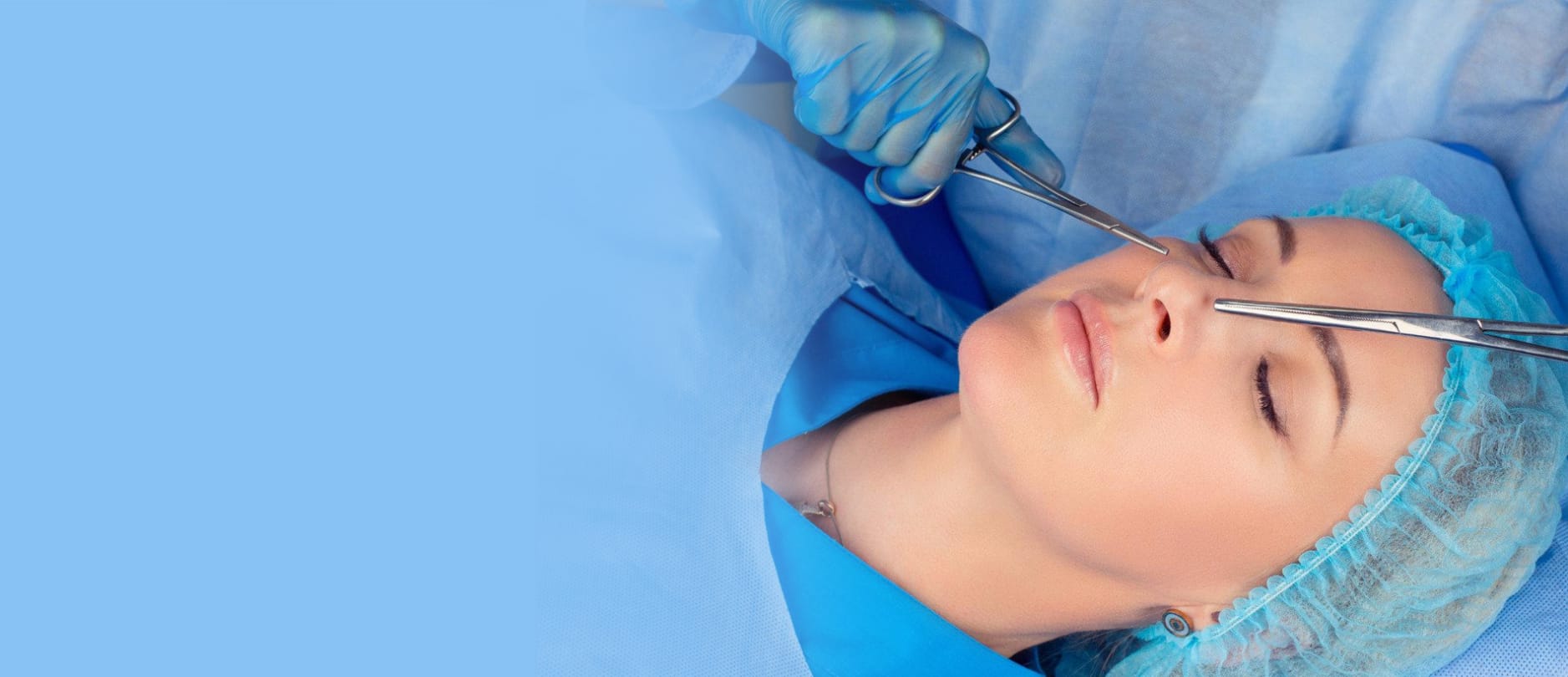Embarking on a rhinoplasty surgery in Riyadh involves several distinct phases, from the initial consultation to the final stages of recovery. Understanding what to expect at each step can help you feel more prepared and confident throughout the process. Here's a comprehensive overview of what you can anticipate:

1. The Initial Consultation:
This is a crucial first step where you'll meet with your chosen rhinoplasty surgeon in Riyadh. Expect a thorough discussion about your goals, concerns, and expectations for the surgery. The surgeon will evaluate your medical history, including any previous nasal surgeries, allergies, and medications you're currently taking. A physical examination of your nose, both externally and internally, will be conducted to assess its structure, skin thickness, and overall suitability for the procedure.
The surgeon will likely take photographs of your nose from various angles. These images, sometimes with the aid of computer imaging software, will be used to discuss potential changes and help you visualize the possible outcomes. This is your opportunity to ask detailed questions about the surgical techniques, potential risks and complications, the type of anesthesia to be used, and the expected recovery process. A frank and open communication with your surgeon is vital to ensure realistic expectations and a shared understanding of the desired results. You'll also receive information about the cost of the surgery, including surgeon's fees, anesthesia fees, and facility charges.
2. Pre-operative Preparation:
Once you've decided to proceed with the surgery, you'll receive detailed pre-operative instructions. These guidelines are essential for ensuring a smooth and safe surgical experience. They may include:
- Medication Adjustments: You might be asked to stop taking certain medications, such as aspirin, ibuprofen, and some herbal supplements, for a specified period before surgery as they can increase the risk of bleeding.
-
Smoking Cessation: If you smoke, you'll be strongly advised to quit several weeks before the surgery, as smoking can impair healing and increase the risk of complications.
- Alcohol Avoidance: You'll likely need to refrain from consuming alcohol for a few days leading up to the procedure.
- Fasting Instructions: If general anesthesia is planned, you'll receive specific instructions about when to stop eating and drinking before your surgery.
- Arranging Transportation and Aftercare: You'll need to arrange for someone to drive you home after the surgery and assist you during the initial recovery period.
3. The Day of Surgery:
Rhinoplasty in Riyadh is typically performed as an outpatient procedure, meaning you'll likely go home the same day after you've recovered from anesthesia. Upon arrival at the hospital or surgical center, you'll be greeted by the medical staff and prepared for surgery. Anesthesia will be administered – either local anesthesia with sedation or general anesthesia, depending on the complexity of the procedure and your surgeon's recommendation.
The surgical technique used will depend on your specific needs and the goals of the surgery. Common techniques include:
- Open Rhinoplasty: Involves a small incision across the columella (the skin between the nostrils) to provide the surgeon with greater access to the underlying nasal structures.
- Closed Rhinoplasty: Involves incisions made entirely inside the nostrils, resulting in no visible external scars.
- Tip Plasty: Focuses specifically on reshaping the nasal tip.
- Septorhinoplasty: Addresses both the external appearance of the nose and internal structural issues like a deviated septum.
During the surgery, the surgeon will reshape the bone and cartilage of your nose to achieve the desired contour. This may involve removing, adding, or rearranging cartilage and bone. Once the reshaping is complete, the incisions will be closed with sutures. A splint or cast will be placed on the outside of your nose to provide support and protection during the initial healing phase. Packing may also be placed inside your nostrils to help control bleeding.
4. The Immediate Post-operative Period:
Immediately after surgery, you'll be monitored in a recovery room until you're stable enough to be discharged. You can expect some swelling, bruising around your eyes and nose, and discomfort. Pain medication will be prescribed to manage any pain. You'll receive specific instructions on how to care for your nose, including:
- Head Elevation: Keeping your head elevated, even while sleeping, helps to reduce swelling.
- Cold Compresses: Applying cold compresses to your face can help minimize swelling and bruising.
- Avoiding Strenuous Activity: You'll need to avoid any strenuous activities, heavy lifting, and exercises for several weeks to prevent complications and promote healing.
- Nasal Care: You'll be instructed on how to gently clean your nostrils and may be advised to use a saline spray to keep the nasal passages moist. Avoid blowing your nose.
- Medication: Take all prescribed medications as directed.
5. The Recovery Phase:
The initial recovery period lasts about one to two weeks. During this time, the majority of the swelling and bruising will subside. The nasal packing, if used, is usually removed within the first few days, and the splint or cast is typically removed after about a week. While you'll start to see some changes in your nose shape, it will still be swollen.
It's important to be patient during the recovery process, as the final results of your rhinoplasty will gradually become apparent over several months, sometimes up to a year. Residual swelling can persist, especially in the tip of the nose. You'll have follow-up appointments with your surgeon in Riyadh to monitor your healing progress.
6. Long-Term Results:
Rhinoplasty offers permanent results, although the nose may undergo subtle changes over many years due to the natural aging process. By following your surgeon's post-operative instructions and protecting your nose from injury, you can enjoy the benefits of your enhanced nasal appearance for years to come.
By understanding these stages of rhinoplasty in Riyadh, you can approach your surgery with realistic expectations and work collaboratively with your surgeon to achieve your desired outcome. Remember that each individual's experience may vary slightly, and it's crucial to follow the specific instructions provided by your surgical team.
Sources and related content

